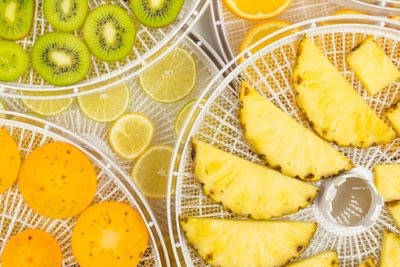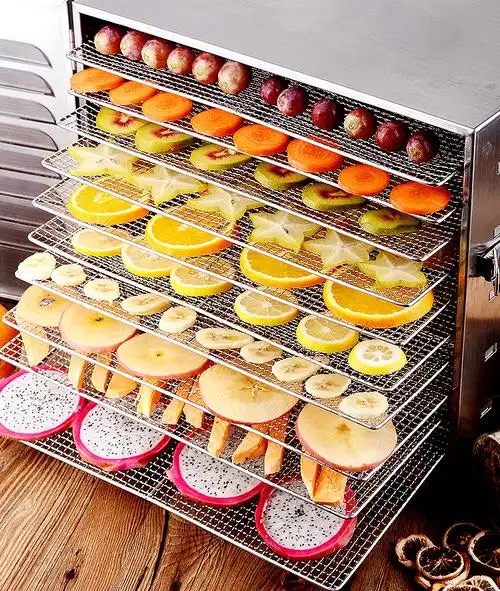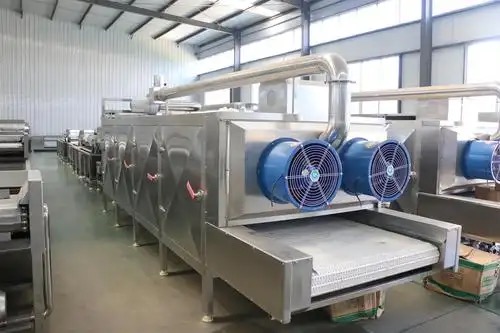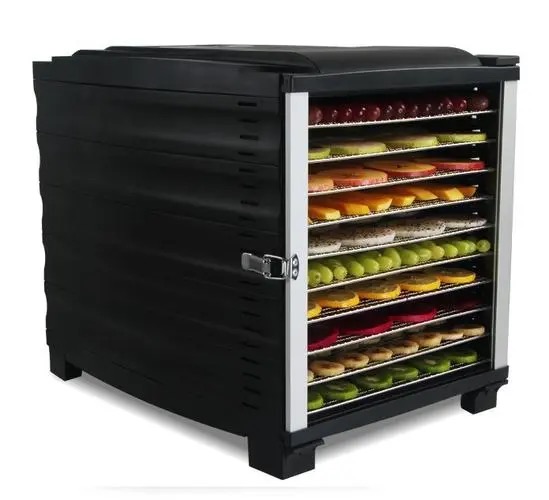
Content Menu
● Introduction
● Understanding Heat Pump Dryers
>> What Is a Heat Pump Dryer?
>> Advantages of Using Heat Pump Dryers
● Cost Analysis of Running a Heat Pump Dryer
>> Initial Investment vs. Long-Term Savings
>> Calculating Annual Operating Costs
● Comparing Costs with Traditional Dryers
● Environmental Benefits
>> Reducing Carbon Footprint
>> Energy Efficiency Standards
>> Water Conservation
● Practical Tips for Maximizing Efficiency
● User Experience and Feedback
>> Customer Satisfaction
>> Common Concerns
>> Real-Life Examples
● Conclusion
● Frequently Asked Questions
>> 1. What is the average lifespan of a heat pump dryer?
>> 2. How much electricity does a heat pump dryer use?
>> 3. Are there any rebates available for purchasing energy-efficient appliances?
>> 4. Can I install a heat pump dryer anywhere in my home?
>> 5. How do I maintain my heat pump dryer?
Introduction
Heat pump dryers have emerged as a popular choice for energy-efficient laundry solutions. Unlike traditional dryers, which vent hot air outside, heat pump dryers recycle the air within the unit, making them significantly more energy-efficient. This article explores the cost to run a heat pump dryer, examining its advantages, operational costs, and overall efficiency compared to conventional drying methods. We will also provide insights into how these dryers work, their environmental benefits, and practical tips for consumers.

Understanding Heat Pump Dryers
What Is a Heat Pump Dryer?
A heat pump dryer operates on a closed-loop system that uses a refrigerant to absorb moisture from clothes. The process involves heating the air, circulating it through the drum to dry the clothes, and then cooling it to remove moisture before reheating it again. This method not only conserves energy but also protects fabrics from high temperatures.
Advantages of Using Heat Pump Dryers
1. Energy Efficiency: Heat pump dryers can reduce energy consumption by up to 50% compared to traditional vented dryers.
2. Lower Operating Costs: The cost to run a heat pump dryer is significantly lower due to its efficient use of electricity.
3. Gentler on Clothes: They dry clothes at lower temperatures, minimizing wear and tear on fabrics.
4. Versatile Installation: Since they do not require external venting, they can be installed in various locations within the home.
5. Moisture Control: Many models come with built-in sensors that detect moisture levels in clothes, ensuring optimal drying without over-drying.
Cost Analysis of Running a Heat Pump Dryer
Initial Investment vs. Long-Term Savings
While heat pump dryers may have a higher upfront cost compared to traditional models, their long-term savings on energy bills often justify the investment. On average, consumers can expect to pay between $800 and $2,000 for a heat pump dryer, depending on the brand and features.
Calculating Annual Operating Costs
To understand the cost to run a heat pump dryer, we need to consider several factors:
1. Energy Consumption: Most heat pump dryers use about 1-2 kWh per load.
2. Electricity Rates: The average electricity rate in the U.S. is approximately $0.13 per kWh.
3. Usage Frequency: For an average household doing 5 loads of laundry per week.
Using these figures, we can calculate the annual cost:
Annual Cost=(kWh per load×Electricity Rate)×Loads per week×52Annual Cost=(kWh per load×Electricity Rate)×Loads per week×52
For example, if a heat pump dryer uses 1.5 kWh per load:
Annual Cost=(1.5 kWh×0.13)×5×52=$51Annual Cost=(1.5 kWh×0.13)×5×52=$51
This calculation shows that running a heat pump dryer can be quite economical over time.
Comparing Costs with Traditional Dryers
When comparing the cost to run a heat pump dryer with traditional vented or condenser dryers, it becomes evident that heat pump technology offers substantial savings. Traditional dryers typically consume more electricity per load—often around 3-5 kWh—leading to higher annual operating costs.For instance, if we calculate for a traditional dryer using 4 kWh per load:
Annual Cost=(4 kWh×0.13)×5×52=$136Annual Cost=(4 kWh×0.13)×5×52=$136
This stark contrast highlights how switching to a heat pump dryer can lead to significant savings over time.

Environmental Benefits
Reducing Carbon Footprint
Using a heat pump dryer contributes to lower greenhouse gas emissions due to its reduced energy consumption. By opting for this technology, consumers are making an environmentally friendly choice that supports sustainability efforts.
Energy Efficiency Standards
Many heat pump dryers are ENERGY STAR certified, ensuring they meet strict energy efficiency guidelines set by the U.S. Environmental Protection Agency. This certification not only helps consumers save money but also promotes environmentally responsible choices.
Water Conservation
In addition to energy savings, using a heat pump dryer can also contribute to water conservation efforts. Traditional washing machines often use large amounts of water for each load, while modern front-load machines paired with heat pump dryers utilize less water overall. This combination significantly reduces both water usage and energy required for heating water.
Practical Tips for Maximizing Efficiency
1. Use Sensor Drying: Many modern heat pump dryers come equipped with moisture sensors that automatically stop the cycle when clothes are dry.
2. Regular Maintenance: Clean lint filters and check for blockages in drainage systems to ensure optimal performance.
3. Load Size Matters: Avoid overloading the dryer; smaller loads dry more efficiently.
4. Pair with Front-Load Washers: Using an ENERGY STAR certified front-load washer can significantly enhance drying efficiency by removing more water during the spin cycle.
5. Optimize Drying Settings: Familiarize yourself with different drying cycles and settings available on your machine; using appropriate settings can further enhance efficiency.
6. Dry Similar Fabrics Together: Group similar fabric types together for more uniform drying results and reduced drying times.
User Experience and Feedback
Customer Satisfaction
Many users report high satisfaction levels with their heat pump dryers due to their efficiency and gentle drying capabilities. Customers appreciate how these machines handle delicate fabrics without causing damage or shrinkage.
Common Concerns
Some potential buyers express concerns about the initial cost and installation requirements of heat pump dryers compared to traditional models. However, as awareness grows regarding their benefits—especially in terms of long-term savings—more consumers are making the switch.
Real-Life Examples
Consider a family that switched from a traditional dryer to a heat pump model after realizing their monthly utility bills were too high. After one year of usage, they reported saving approximately $85 on their electricity bill alone, validating their decision to invest in an energy-efficient appliance.User FeedbackVideo testimonials from satisfied customers discussing their experiences with heat pump dryers
Conclusion
In conclusion, while the initial cost of purchasing a heat pump dryer may be higher than traditional models, the long-term savings on energy bills and maintenance costs make it a worthwhile investment for many households. With an average annual operating cost around $51 compared to $136 for traditional models and significant environmental benefits, these appliances are becoming increasingly popular among eco-conscious consumers.The cost to run a heat pump dryer is not only economically favorable but also aligns with sustainable living practices that reduce our carbon footprint.

Frequently Asked Questions
1. What is the average lifespan of a heat pump dryer?
Heat pump dryers typically last around 10-15 years with proper maintenance.
2. How much electricity does a heat pump dryer use?
On average, they use between 1-2 kWh per load.
3. Are there any rebates available for purchasing energy-efficient appliances?
Yes, many utility companies offer rebates for ENERGY STAR certified appliances.
4. Can I install a heat pump dryer anywhere in my home?
Yes, since they do not require external venting, they can be installed in various locations as long as there is access to electricity and drainage.
5. How do I maintain my heat pump dryer?
Regularly clean lint filters, check drainage systems for blockages, and ensure proper airflow around the unit.












